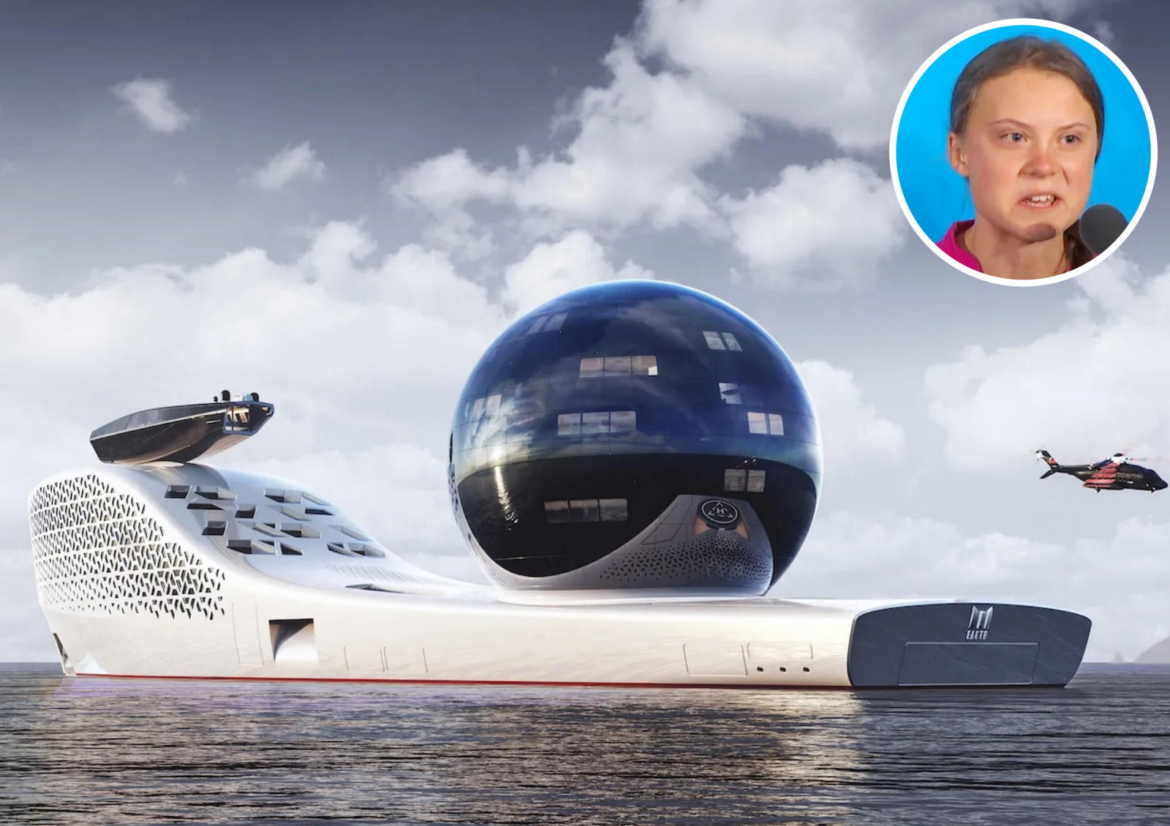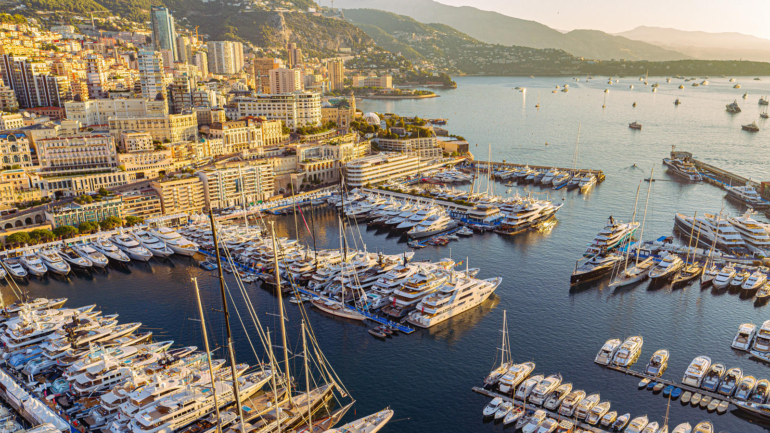In a dramatic shift that could transform luxury yachting, billionaire yacht owners are actively pursuing nuclear propulsion to counter mounting criticism over their vessels’ environmental impact. According to a groundbreaking report from Lloyd’s Register, some ultra-wealthy individuals are pushing to deploy nuclear-powered superyachts as early as this decade.
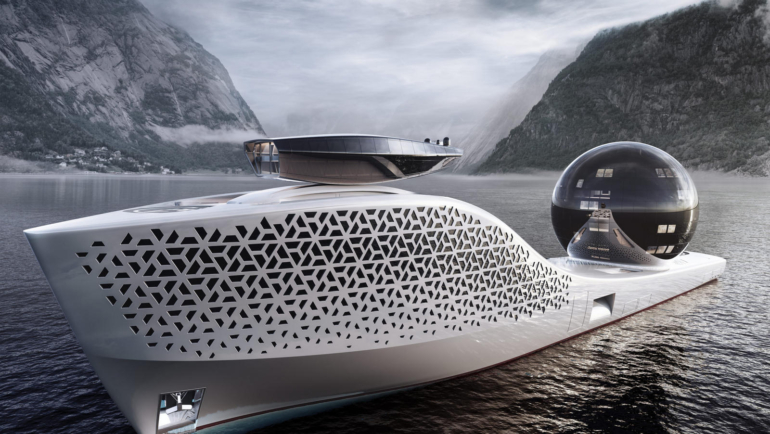
“Nuclear energy offers the potential to be as transformational to shipping as the shift from wood to iron or from sail to steam,” says Engel-Jan de Boer, Global Yacht Segment Director at Lloyd’s Register. This pivot comes as superyachts face intensifying scrutiny for their outsized carbon footprints while serving a privileged few.
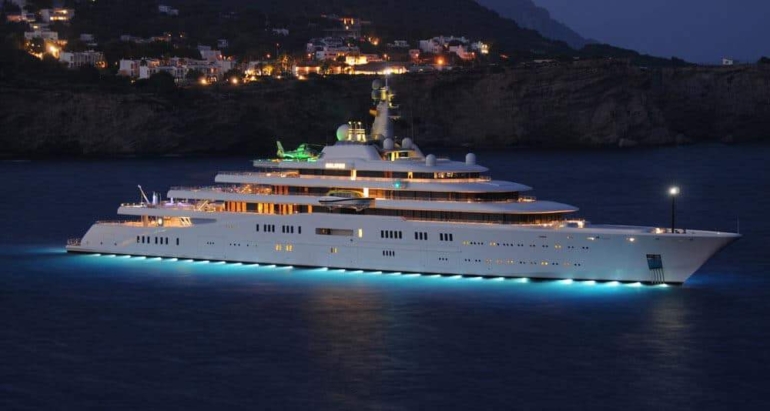
The timing is no coincidence. As public criticism of yacht-related emissions intensifies, nuclear propulsion offers billionaires a compelling narrative: zero-emission cruising powered by technology capable of running for years without refueling. Unlike traditional fossil fuel-powered vessels that need frequent refueling stops, nuclear-powered yachts could theoretically cruise the world’s oceans continuously while producing no direct carbon emissions.
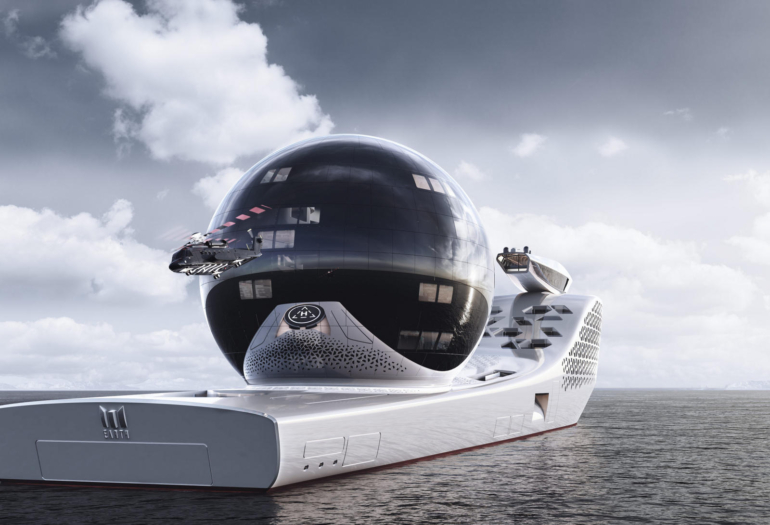
However, this isn’t just about environmental optics. Nuclear propulsion promises practical advantages that appeal to the ultra-wealthy: higher speeds, better performance, and more space for luxury amenities thanks to uranium’s superior energy density compared to diesel fuel. The technology builds on over 70 years of successful deployment in naval vessels and Russian icebreakers, with an impressive safety record.

The cost isn’t deterring interested billionaires either. While nuclear propulsion requires substantial upfront investment, the long-term operational savings could be significant. Yacht owners are expected to lease reactors rather than purchase them outright, treating it as a capital expense with predictable energy costs per megawatt-hour.

Yet challenges remain. Modern reactor designs may incorporate fail-safe features, but the ghost of nuclear accidents like Chernobyl and Fukushima still haunts public perception. Regulatory frameworks need substantial updating before nuclear-powered pleasure craft can become reality.
The industry appears divided on timing. Some wealthy owners are pushing for deployment by end of the decade, while others favor a longer-term approach spanning 20 years as technology matures. Either way, the message is clear: billionaire yacht owners are seeking a technological solution to their environmental image problem, and they’re willing to go nuclear to achieve it.
For an industry often criticized as environmentally tone-deaf, nuclear propulsion could offer a path to both environmental sustainability and continued luxury. Whether this atomic ambition will succeed in swaying public opinion remains to be seen, but it signals that even the world’s wealthiest are feeling the heat of climate change criticism.
The climate impact of traditional yachting
The environmental stakes couldn’t be higher. According to recent data, the annual CO2 emissions from just the top 300 superyachts amount to almost 285,000 tons – more than the entire nation of Tonga. With nearly 6,000 superyachts currently at sea (quadruple the number from three decades ago), these floating palaces have become the single largest source of greenhouse gas emissions among billionaires’ carbon-intensive activities.
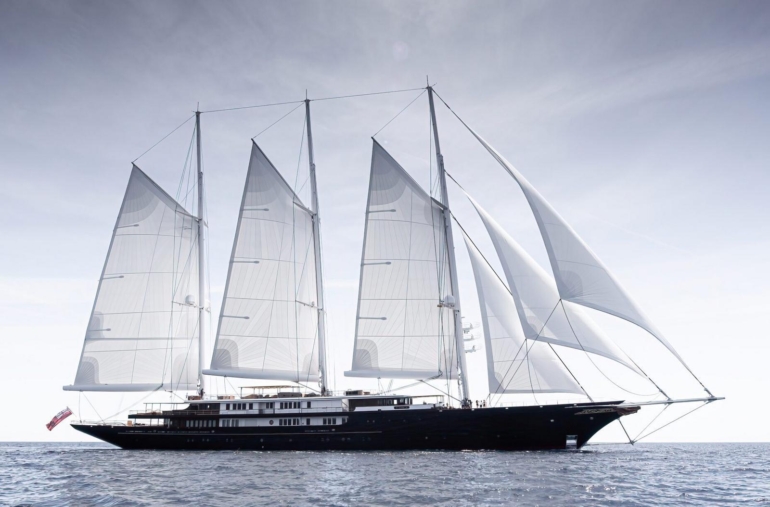
The impact goes beyond climate pollution – from wastewater discharge to noise and light pollution affecting marine ecosystems. French sociologist Gregory Salle has gone so far as to characterize these vessels as a form of “ecocide” due to their disproportionate environmental damage benefiting an ultra-wealthy few. A typical superyacht like Jeff Bezos’s 127-meter Koru can emit around 7,000 tons of carbon dioxide annually – equivalent to the emissions of 445 average Americans.

Bill Gates’ hydrogen-powered superyacht is the other alternative to green yachting
While nuclear power represents one path forward, other billionaires are exploring different green alternatives. Bill Gates has pioneered another approach with superyacht Breakthrough (better known as Project 821), the world’s first hydrogen fuel-cell-powered superyacht. The 388-foot vessel, currently listed for $640 million, represents a breakthrough in maritime clean technology.
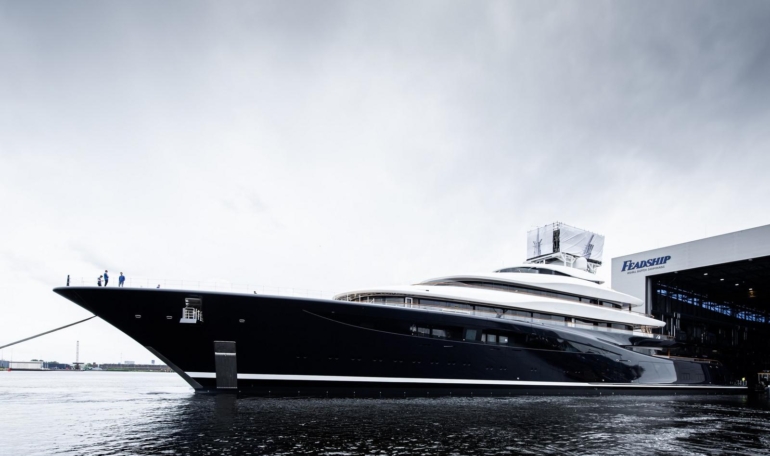
Using sixteen compact fuel cells, the yacht can run its hotel operations – which typically account for 70-78% of a vessel’s annual energy use – on pure hydrogen, producing only water vapor as a byproduct. Though the hydrogen supply isn’t sufficient for trans-Atlantic crossings, the vessel employs biofuel generators that reduce emissions by 90% when needed. This innovative approach to yacht design demonstrates how the ultra-wealthy are exploring multiple technological solutions to address their vessels’ environmental impact.
